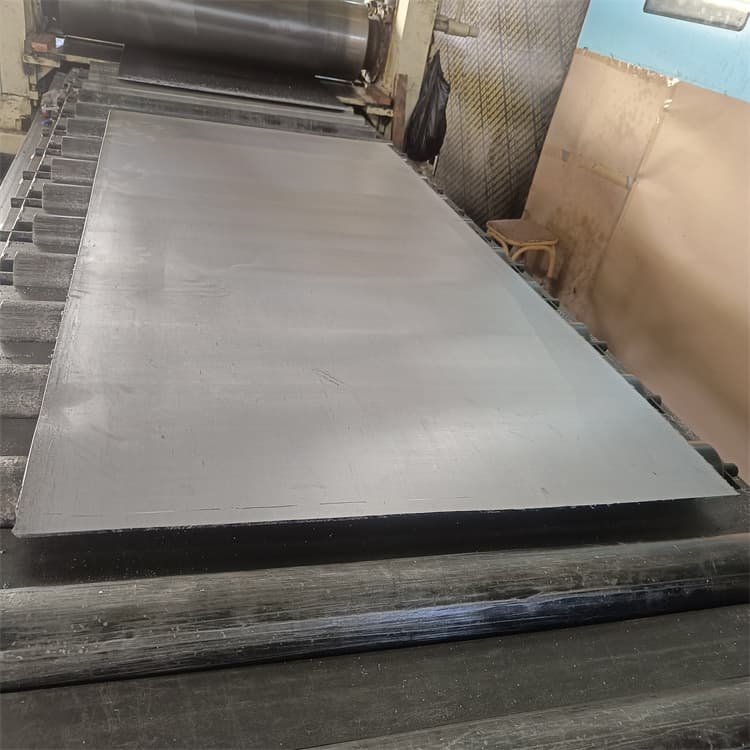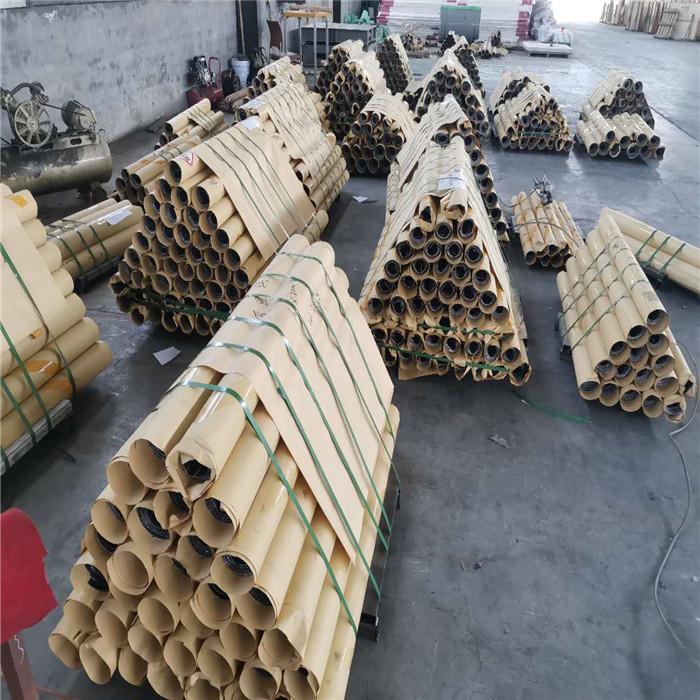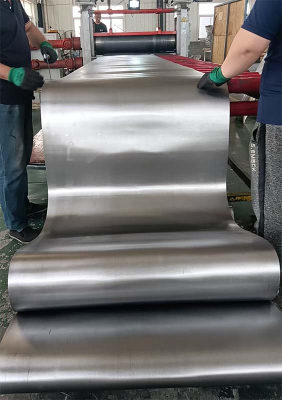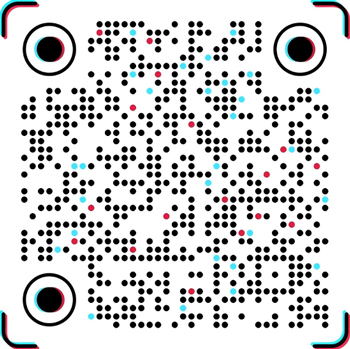X-ray protection is essential, and the key lies in lead plate thickness! Shandong Qite Radiation Protection Co., Ltd., China, provides expert insights.
X-ray protection is essential, and the key lies in lead plate thickness! Shandong Qite Radiation Protection Co., Ltd., China, provides expert insights.
X-rays are increasingly used in medical, industrial flaw detection, and scientific research, but the radiation protection challenges they present cannot be ignored. How can we build a safe and reliable protective barrier? Lead plate, the most commonly used protective material, has a thickness that directly impacts its effectiveness. So, how thick is the lead plate required for X-ray protection? As a professional radiation protection solutions provider, Shandong Qite Radiation Protection Co., Ltd., China, offers authoritative answers.
How to choose lead plate thickness? The key lies in the "high voltage" value.
Many users mistakenly believe that lead plate thickness is solely related to the machine model. In fact, the key parameter that determines lead plate thickness is the X-ray machine's tube voltage (kV). The higher the voltage, the greater the radiation's penetrating power, and the thicker the lead plate required.
Based on national protection standards and practical experience, the thickness of lead plates should be selected according to the following scientific principles:
When the high voltage is 75kV, the thickness of the protective lead plates should be ≥ 1mm;
When the high voltage is 100kV, the thickness of the protective lead plates should be ≥ 1.5mm;
When the high voltage is 150kV, the thickness of the protective lead plates should be ≥ 2.5mm;
When the high voltage is 200kV, the thickness of the protective lead plates should be ≥ 4mm;
When the high voltage is 250kV, the thickness of the protective lead plates should be ≥ 6mm;
When the high voltage is 300kV, the thickness of the protective lead plates should be ≥ 9mm;
When the high voltage is 350kV, the thickness of the protective lead plates should be ≥ 12mm;
When the high voltage is 400kV, the thickness of the protective lead plates should be ≥ 15mm.
As can be seen, a lead sheet thickness of 1mm to 10mm for radiation protection generally meets the requirements of most common scenarios. However, for higher-energy radiation environments, thicker lead sheet is required, up to 15mm or even thicker.
For professional protection, choose Shandong Qite Lead Sheet.
Precise thickness is the key to effective protection. Shandong Qite Radiation Protection Co., Ltd., a professional lead sheet manufacturer in China, understands this well. Our medical and protective lead sheets strictly adhere to national standards, offering uniform thickness, bubble-free, and impurity-free performance. They possess high density and strong corrosion resistance, effectively shielding various radiation sources, including X-rays and gamma rays, providing reliable and secure protection.
Whether building a DR/CT machine room, a dental radiography room, or an industrial NDT room, Qite offers a full range of lead sheet thicknesses, ranging from 1mm to over 20mm, tailored to your specific equipment specifications (tube voltage, tube current, etc.) and application scenarios. We also provide professional guidance on protective design and installation.
Choosing Qite means choosing safety. We are committed to providing one-stop radiation protection solutions for various industries. If you have any questions about X-ray protection or lead sheet thickness, please feel free to contact us. Our professional team will provide you with detailed consultation and service.








